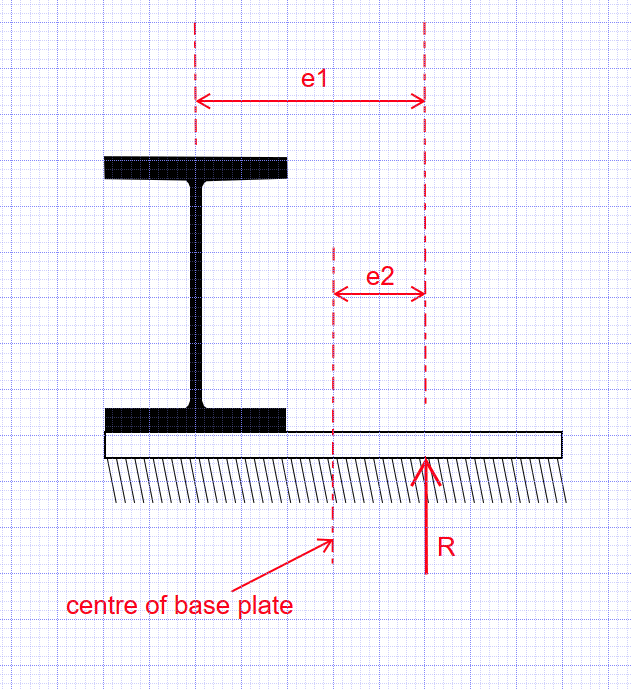Pawel1234
Structural
- May 19, 2020
- 8
Happy new year to you all!
I have been thinking about the arrangement shown in the attached sketch which is essentially a steel beam with a steel plate welded to the underside of the beam. Both the beam and the cantileverng plate welded to underside of the beam are to support masonry.
It seems to me that the by extending the steel plate onto the support and providing a stiffener at the support the arrangement will be restrainted against rotation for torsional loading. However, I am not sure how to show it by calculation/prove it.
Would you have any thoughts on this?
I know that when it comes to lateral-torsional buckling, one of the conditions of restraint at supports is 'partial torsional restraint against rotation about longitudinal axis provided only by pressure of bottom flange onto supports'. This seems to show me that no additional fixings are requred in the above arrangement also when it comes to direct torsional loading but this is only my judgement.
[URL unfurl="true"]https://res.cloudinary.com/engineering-com/image/upload/v1609528948/tips/Steel_beam_with_plate_etdk7q.pdf[/url]
I have been thinking about the arrangement shown in the attached sketch which is essentially a steel beam with a steel plate welded to the underside of the beam. Both the beam and the cantileverng plate welded to underside of the beam are to support masonry.
It seems to me that the by extending the steel plate onto the support and providing a stiffener at the support the arrangement will be restrainted against rotation for torsional loading. However, I am not sure how to show it by calculation/prove it.
Would you have any thoughts on this?
I know that when it comes to lateral-torsional buckling, one of the conditions of restraint at supports is 'partial torsional restraint against rotation about longitudinal axis provided only by pressure of bottom flange onto supports'. This seems to show me that no additional fixings are requred in the above arrangement also when it comes to direct torsional loading but this is only my judgement.
[URL unfurl="true"]https://res.cloudinary.com/engineering-com/image/upload/v1609528948/tips/Steel_beam_with_plate_etdk7q.pdf[/url]

